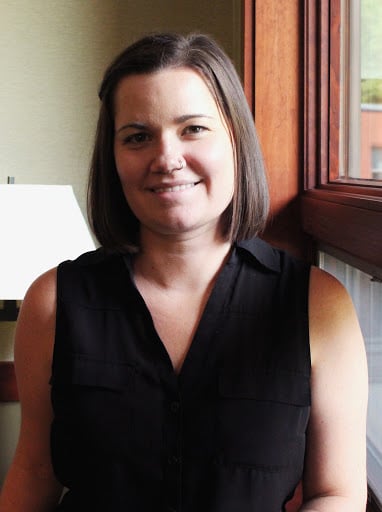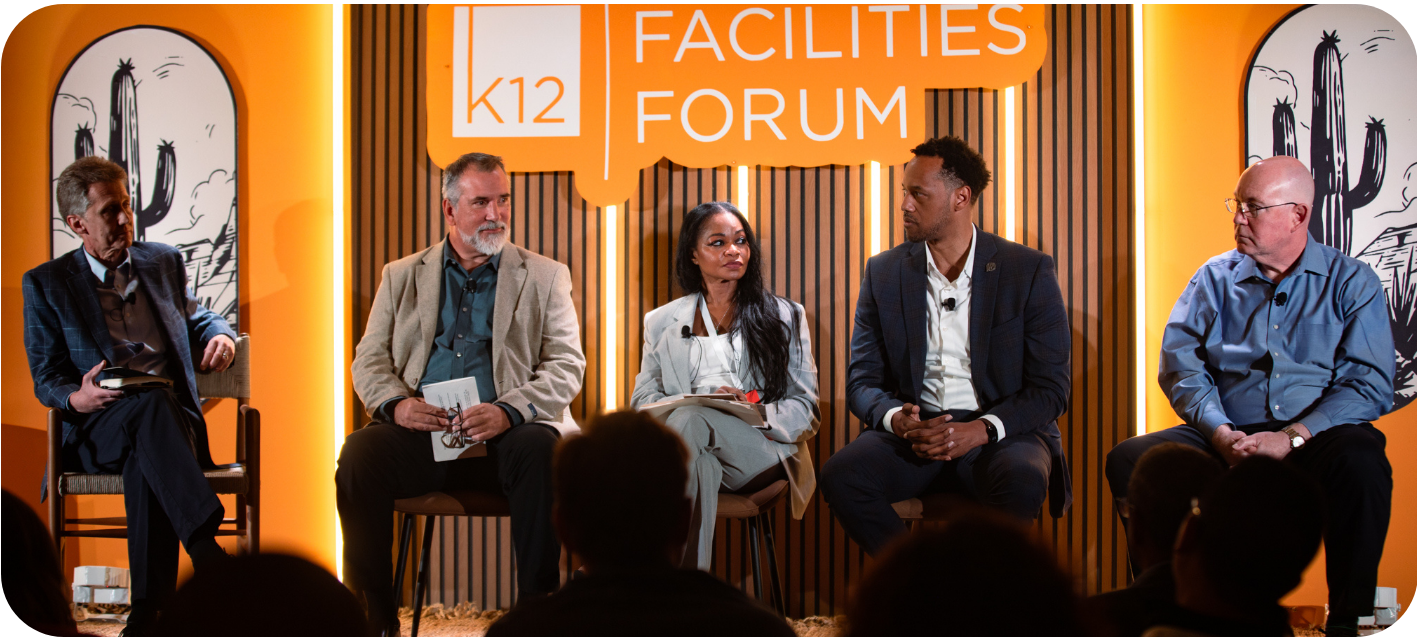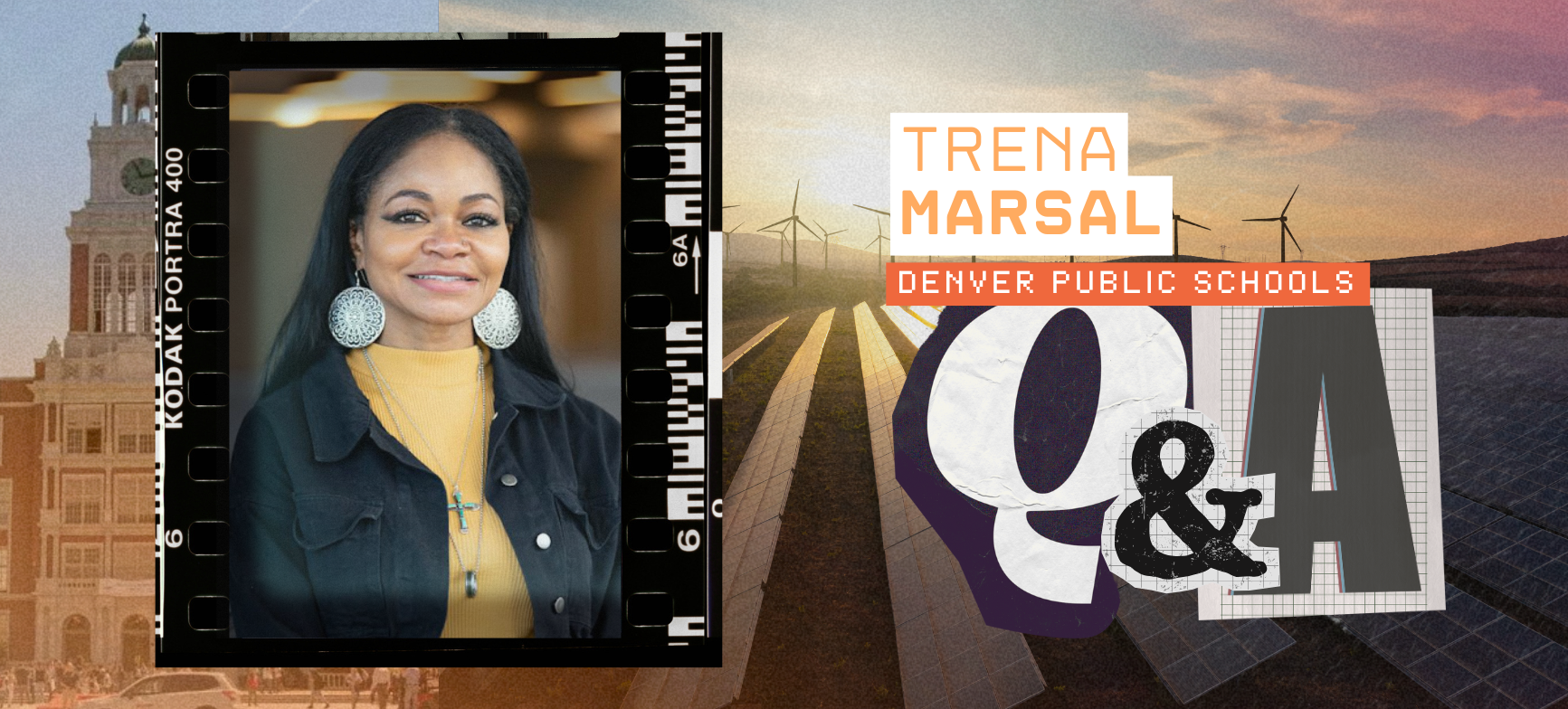For nearly two years, facilities leaders have spent countless hours working to ensure their schools are safe for students, staff and other faculty members amid the COVID-19 pandemic.
From determining the best products to equip buildings with to working with staff to create health and safety standards, the job hasn’t been easy. In some cases, it’s been downright tumultuous.
John Bailey, director of school plants for Chesapeake School District in Virginia, addressed the tumultuous times during a recent presentation at the K-12 Facilities Forum, touching on topics such as masking, vaccine policies, indoor air quality, and disgruntled people.
“Those that are active in schools, I have to thank you for everything you have done for what has happened since the start of the pandemic,” he said “Without us, we would not have had these schools prepared, allowing kids and teachers to come back. It takes all of us. It’s been a tough two years and we need to acknowledge that.”
To Mask or Not
“What is our policy on masks?” Bailey asked the crowd. “It’s still controversial.”
In Bailey’s district, the school board has a policy that masks must be worn. Bailey notes that it has caused issues in schools.
“I’ve had to discipline staff who don’t want to wear a mask,” he said. “It’s been tumultuous for us.”
Vaccines Abound
The same issues have come about since the availability of vaccines.
“Many of us are essential personnel and were offered the vaccines quickly,” he said. “I’ve seen in my region that it’s not mandatory and we’re still getting people who are sick.”
Bailey said the district has advised leadership not to press the vaccine issue, but to instead communicate with staff when they initiate conversations.
“You have to communicate effectively and advise; you can’t tell them to get it,” he said. “You have to make sure they know the impact on their own personal health. It’s a fine line.”
Indoor Air Quality Concerns
When schools across the country emptied in the spring of 2020, facilities leaders immediately began investigating and researching how to ensure the buildings were safe for their eventual return. Much of that work centered on air quality inside buildings.
“If you work in facilities, you’ve heard about everything,” Bailey said. “I’m asked all the time, it’s the $100 million question: ‘What should we do?’”
With several emerging technologies – some better than others, he said – it's important to do research and understand what your current building is capable of, Bailey said.
“You have to really look at what is best for you,” he said. “I researched everything. I’m going to do what I was asked to do: provide the information and then the superintendent will make the decision. A lot of this, just like everything, is perception. A lot works, but some is perception of what we think will keep people safe.”
While replacing filters is an important part of the facilities maintenance at any time, it became more critical amid the pandemic. But not every new, improved product works for every building.
Bailey recalled hearing from others that higher-rated MERV filters were causing issues with their systems.
“If you put them in a 40-year-old piece of equipment, the pressure on that aging equipment will cause more damage than help,” he said. “You have to look at that and make the right decision.”
Disgruntled People & Mental Health
It’s difficult to make every community member happy even during normal times, but the pandemic has heightened concerns and disagreements, to the point of screaming, physical altercations, and threats at school board meetings. Bailey has seen these clashes first-hand.
“I’m going to tell you, when you watch a school board meeting, you think people have lost their damn minds,” he said. “You want transparency; you want parents to discuss with you in a reasonable way. But in today’s society, it's an open door to say what you want to say and do what you want to do.”
“We want to make sure we are doing the right things”
Addressing community concerns has also led to a higher degree of scrutiny when it comes to the mental health of staff and students.
“We want to make sure we are doing the right things,” Bailey said. “Be cognizant. You need to make services available and talk to them. If you turn a blind eye and something happens, you don't want to become liable because you did not act.”
While these turbulent times will give way in the future, Bailey reminds leaders to do what they can to help their districts in the meantime.
“Get involved,” he said. “If you aren’t assertive and don’t make them understand what the negligence of not supporting us is doing, then nothing is going to happen.”

Posted by
Join us at the K12 Facilities Forum!
The community for district and facilities leaders
Nov 8-10, 2026 | San Antonio, TX









-3.png)

Comments